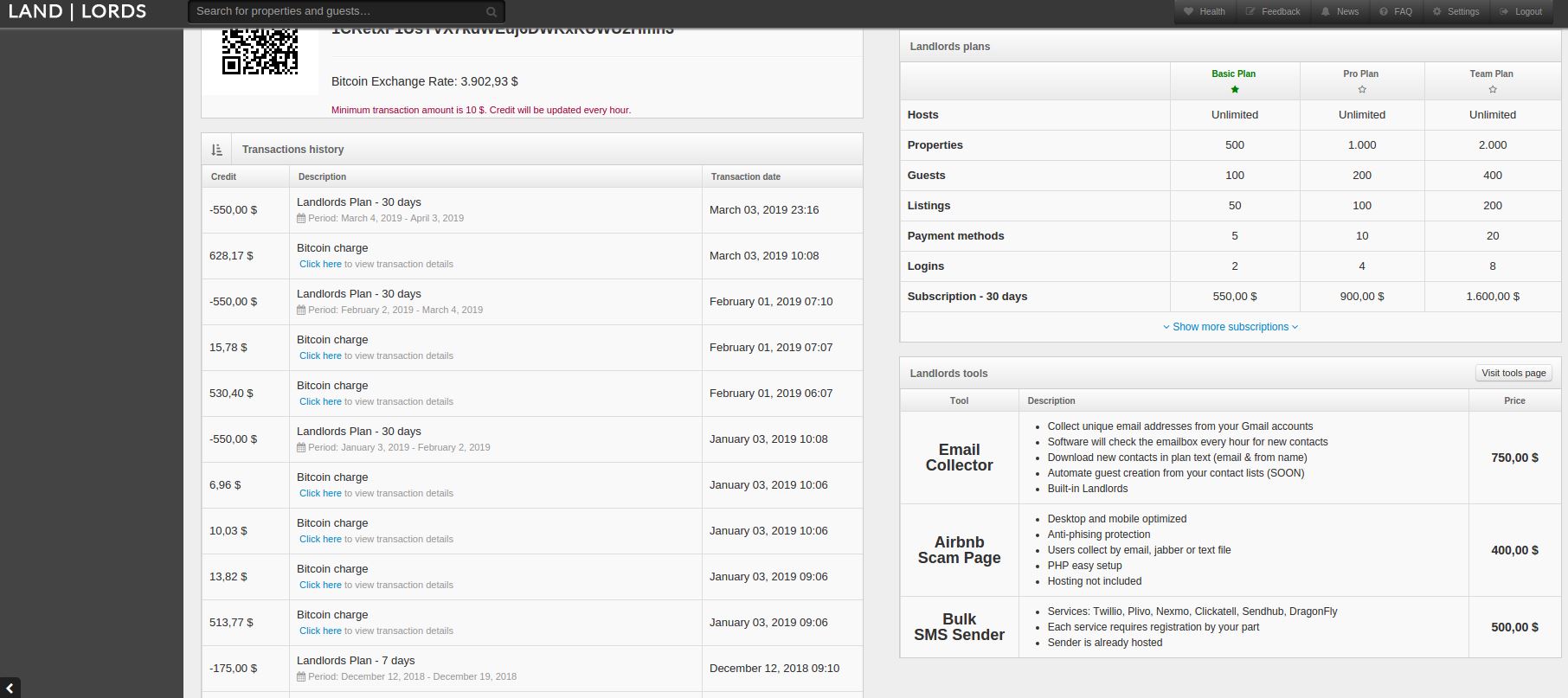Federal investigators in the United States, Germany and the Netherlands announced today the arrest and charging of three German nationals and a Brazilian man as the alleged masterminds behind the Wall Street Market (WSM), one of the world’s largest dark web bazaars that allowed vendors to sell illegal drugs, counterfeit goods and malware. Now, at least one former WSM administrator is reportedly trying to extort money from WSM vendors and buyers (supposedly including Yours Truly) — in exchange for not publishing details of the transactions.
A complaint filed Wednesday in Los Angeles alleges that the three defendants, who currently are in custody in Germany, were the administrators of WSM, a sophisticated online marketplace available in six languages that allowed approximately 5,400 vendors to sell illegal goods to about 1.15 million customers around the world.
“Like other dark web marketplaces previously shut down by authorities – Silk Road and AlphaBay, for example – WSM functioned like a conventional e-commerce website, but it was a hidden service located beyond the reach of traditional internet browsers, accessible only through the use of networks designed to conceal user identities, such as the Tor network,” reads a Justice Department release issued Friday morning.
The complaint alleges that for nearly three years, WSM was operated on the dark web by three men who engineered an “exit scam” last month, absconding with all of the virtual currency held in marketplace escrow and user accounts. Prosecutors say they believe approximately $11 million worth of virtual currencies was then diverted into the three men’s own accounts.
The defendants charged in the United States and arrested Germany on April 23 and 24 include 23-year-old resident of Kleve, Germany; a 31-year-old resident of Wurzburg, Germany; and a 29-year-old resident of Stuttgart, Germany. The complaint charges the men with two felony counts – conspiracy to launder monetary instruments, and distribution and conspiracy to distribute controlled substances. These three defendants also face charges in Germany.
Signs of the dark market seizure first appeared Thursday when WSM’s site was replaced by a banner saying it had been seized by the German Federal Criminal Police Office (BKA).
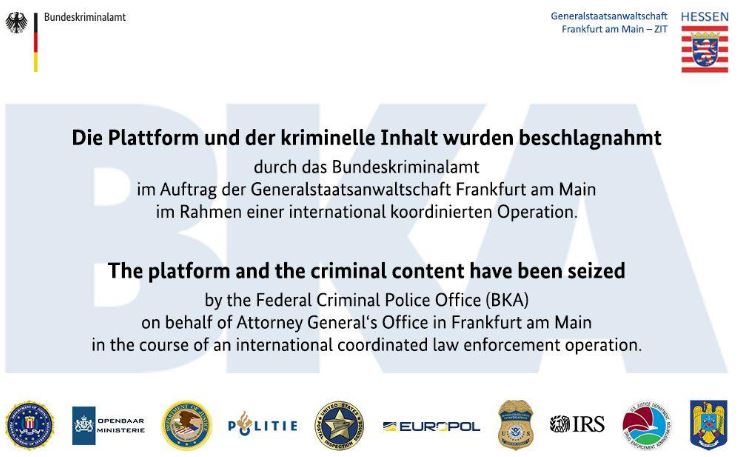
The seizure message that replaced the homepage of the Wall Street Market on on May 2.
Writing for ZDNet’s Zero Day blog, Catalin Cimpanu noted that “in this midst of all of this, one of the site’s moderators –named Med3l1n— began blackmailing WSM vendors and buyers, asking for 0.05 Bitcoin (~$280), and threatening to disclose to law enforcement the details of WSM vendors and buyers who made the mistake of sharing various details in support requests in an unencrypted form.
In a direct message sent to my Twitter account this morning, a Twitter user named @FerucciFrances who claimed to be part of the exit scam demanded 0.05 bitcoin (~$286) to keep quiet about a transaction or transactions allegedly made in my name on the dark web market. Continue reading






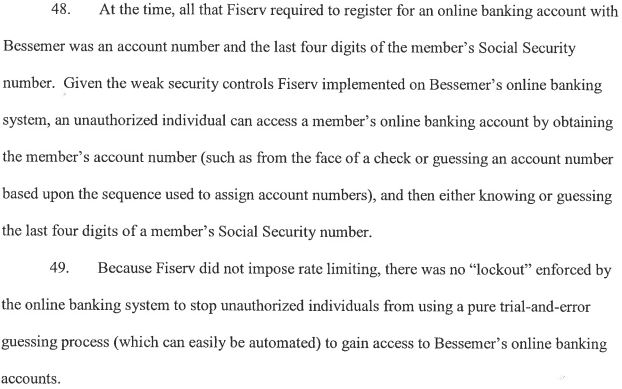
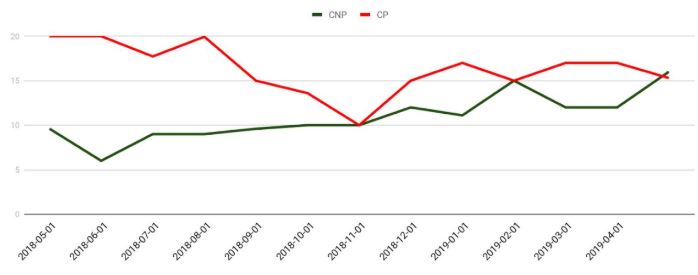


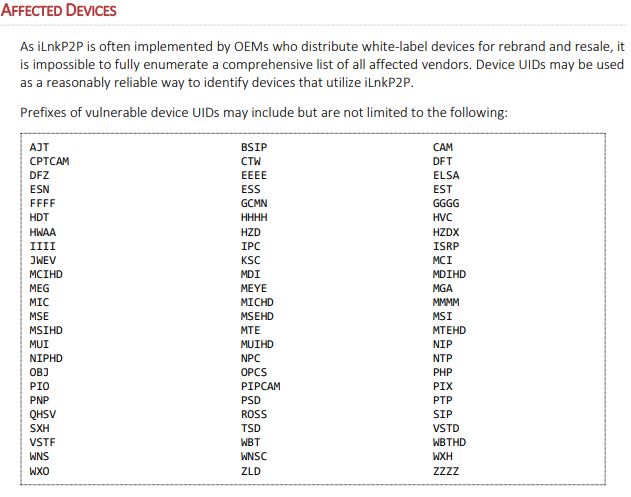
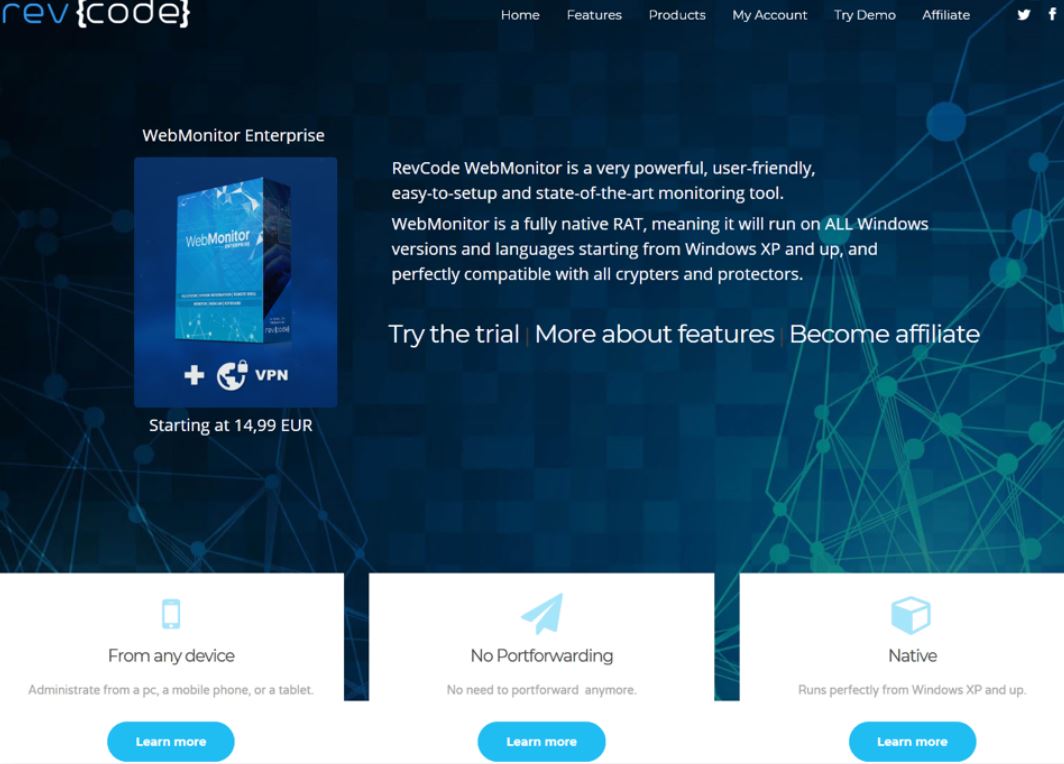


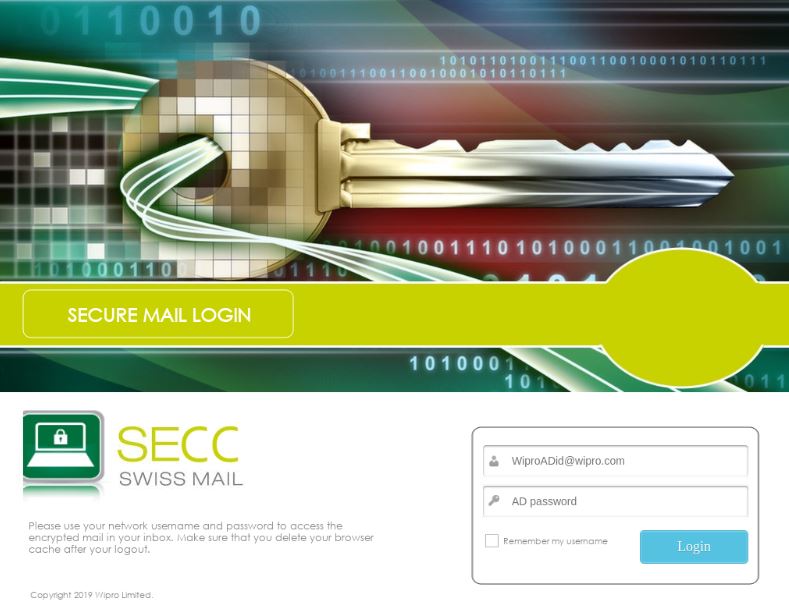
 And yet, here I am again writing the second story this week about a possibly serious security breach at an Indian company that provides IT support and outsourcing for a ridiculous number of major U.S. corporations (spoiler alert: the second half of this story actually contains quite a bit of news about the breach investigation).
And yet, here I am again writing the second story this week about a possibly serious security breach at an Indian company that provides IT support and outsourcing for a ridiculous number of major U.S. corporations (spoiler alert: the second half of this story actually contains quite a bit of news about the breach investigation).